I’ve lived in Maine since 2013 and have learned quite a few things about flower gardening in the area. I’ve learned some of what types of flowers thrive and some of what types of flowers don’t survive. It’s not too difficult really, because from what I’ve discovered, there are some lovely flowers that you just can’t kill, no matter how hard you try. These are the flowers I’ll discuss in this post. I’ll offer photos and descriptions to assist you in planting your own garden, if you so desire. And just to let you know, I’m not the type of person who enjoys a challenge when it comes to planting, growing, and enjoying my flowers. My goal is to plant only the hardiest of flower that will weather the winters and the shorter seasons we have here. I don’t like to dilly-dally and wonder why something didn’t make it. Luckily, some of the most beautiful and rewarding flowers are also the easiest to grow. Finally, if you’ve got any questions about other types of flowers that grow well in Maine, please ask in the comment section below. I’ll be adding to this post periodically as more flowers in my garden bloom.
By the way, all of the flowers I discuss below will be perennials, unless noted otherwise.
Roses
There are dozens of rose varieties that do extraordinarily well in northern New England and especially in the colder climates in Maine. I live in western Maine in plant hardiness zone 4b and my roses begin to bloom in mid June. I’ve got quite a few plants and each and every year, I’ve got to trim them back. They are aggressive at times and tend to grow through other plants and bushes. Keeping them pruned every season is important.
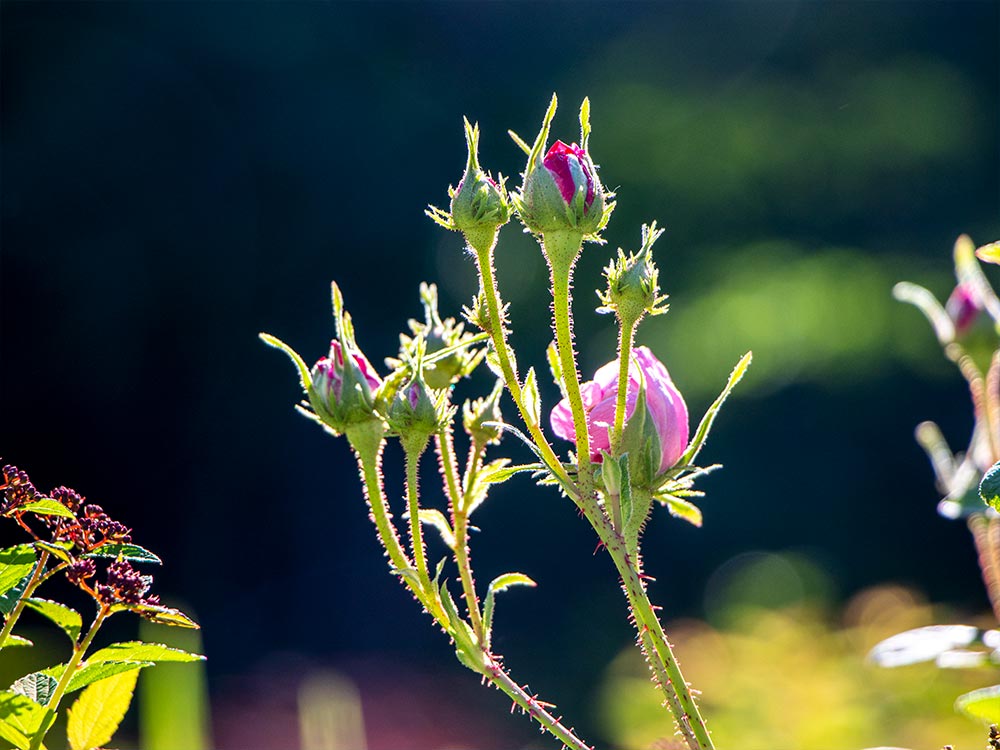

Roses come in many colors and styles. Currently, I have pink, white, and red and mine don’t climb. They stay in bushes. To care for roses, all you need to do is make sure they’re planted in full sun with good soil drainage. I don’t fertilize mine, but if you’d like large impressive flowers, you might want to fertilize yours. Also, be sure to keep the ground around your rose bushes evenly watered and watch out for powdery mildew and black spot disease. Like I said above, prune your roses once per year in the early spring. When pruning, you can really chop them down almost as much as you’d like. Roses are difficult to kill, so don’t worry too much about it. They grow fast too, which makes them ideal for short flower growing seasons.

Peonies
The peony is quickly becoming my favorite type of flower. It’s elegant, versatile, and looks exceptionally well as a bouquet in a vase on a dining room table. This flower also smells wonderful. Currently, I have two different colors of peony growing in a few different gardens on my property; pink and white. The pink grows in different shades from darker to lighter.


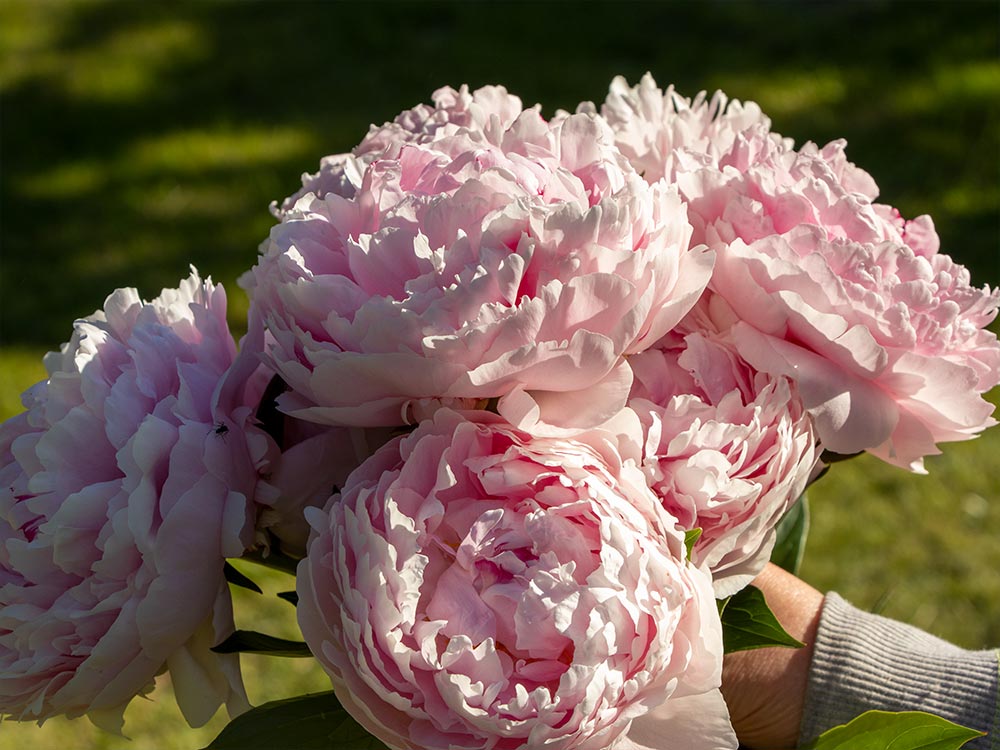
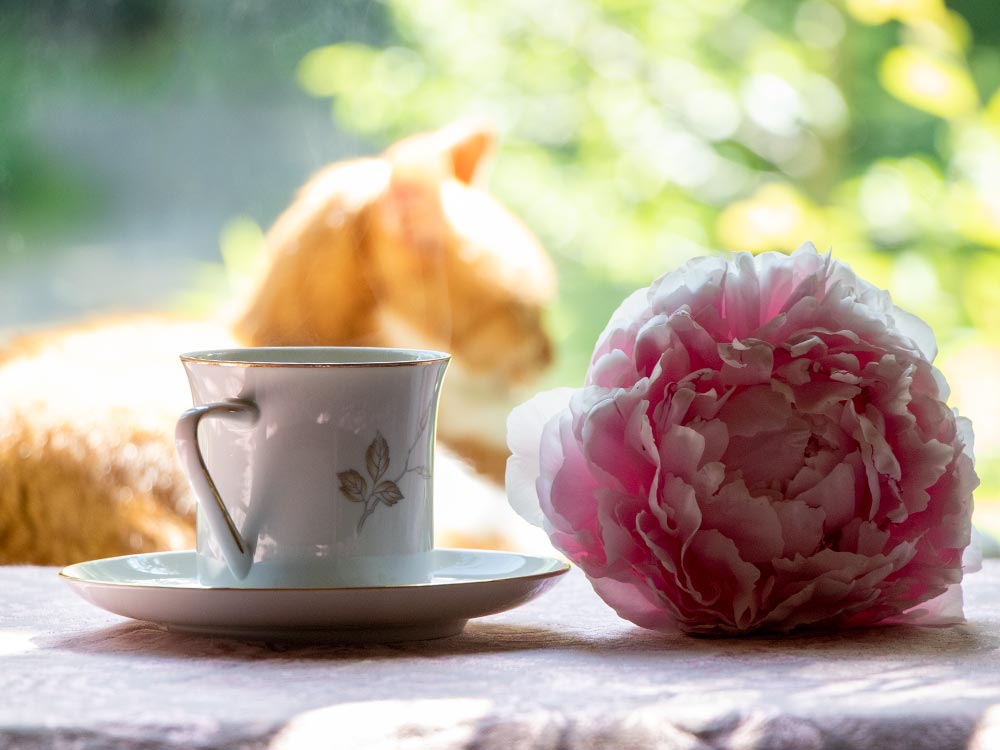
Peonies grow very well in Maine, but there are a few things to keep in mind when doing so. When planting this type of flower, be sure to do so in an area that’s not wide open and affected by wind. Because the peony bloom can grow so large and weighty, the plant can easily become top-heavy. Wind can damage the flower. As this flower grows, if it does become too top-heavy, use a stake to keep it upright if necessary. Also, because peonies don’t like competition for food, light, and moisture, make sure to plant it clear of trees and shrubs that may crowd it out. As for the soil, make sure it’s rich, deep, and fertile, and that it drains well. My prized peonies are currently growing in very rich soil that I contribute food scraps to. I’ve currently got about 10 blooms growing on one or two plants. I also have another plant that’s growing in much less rich soil and that one has only grown three blooms this year. So soil makes a difference.
My peonies begin blooming in early to mid June each year. I grow them in areas that get at least six to eight hours of direct sunlight and that get decent air circulation. That circulation is important to stave off fungal issues and disease. As for clipping for bouquets, be sure to do so at the peak of the bloom. Peonies don’t last long outside, much less inside after they’ve been clipped, so make sure you do what you need to do with them fast.
Lupine
Lupine can be found all over Maine and are especially magnificent when found in higher elevations. I’ve seen these flowers growing prolifically along roadsides and on hillsides at ski mountains. Saddleback near Rangeley is full of them. They’re great flowers that bloom in early to mid June that come in hundreds of varieties and dozens of colors. They’re especially lovely in manicured gardens across the state. Currently, I have purple lupine in my gardens. They stand anywhere from one to four feet tall, so they’re perfect for the rear of a flowerbed.
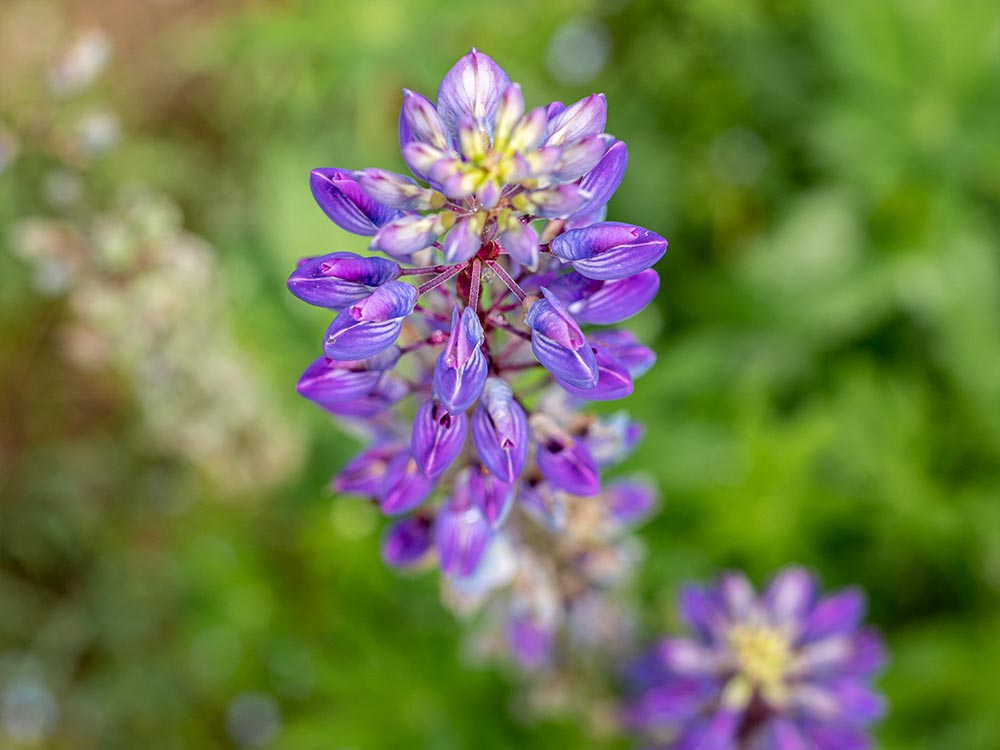
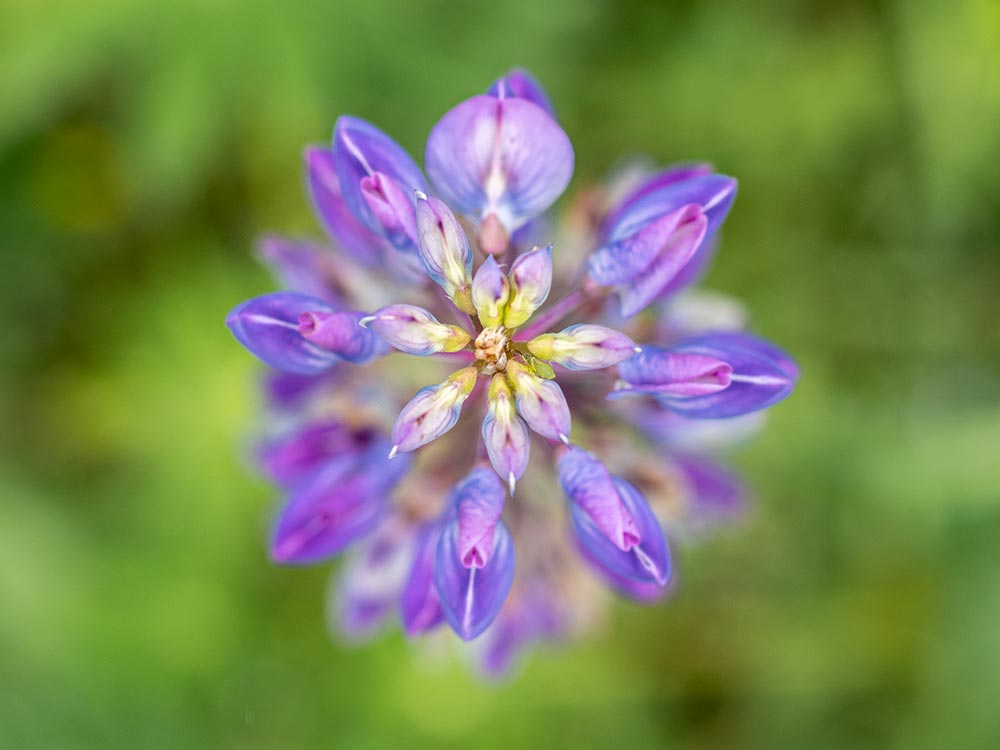

When growing lupine, be sure to do so in full sun. Yes, these plants can grow in partial shade, but do better in sunny areas. There will be more flowering there. As far as soil goes, make sure it’s well drained and slightly acidic. These flowers don’t like alkaline soil or soil that’s too wet.
To grow these flowers from seed, you’ll need to do some prep work first. Either scratch the sides of the seeds or soak them in water overnight. If you would like to store them, you can do so in the refrigerator for a week to soften them up for planting. FYI, lupine produce hundreds of seeds on their own every year, simply by growing. In order to grow more plants, take the seeds that form on each plant and drop them on the soil and let nature take its course. During the winter, the seeds will chill and will begin growing on their own come spring.
Salvia (Sage)
Certain types of salvia can be found all over the state of Maine. Depending on the variety and its winter hardiness, salvia can be treated as an annual or a perennial. In my garden, I’ve got the perennial type because it seems to appear year after year. It’s a pretty plant that sort of looks like lupine. It’s a bit thinner though and not as robust.
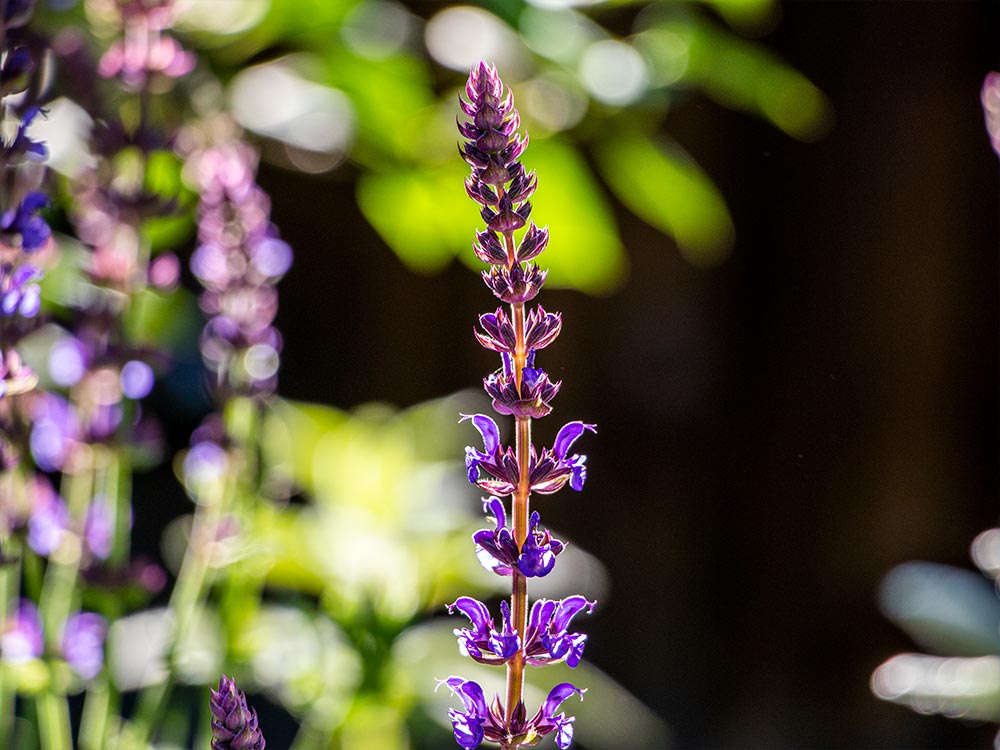
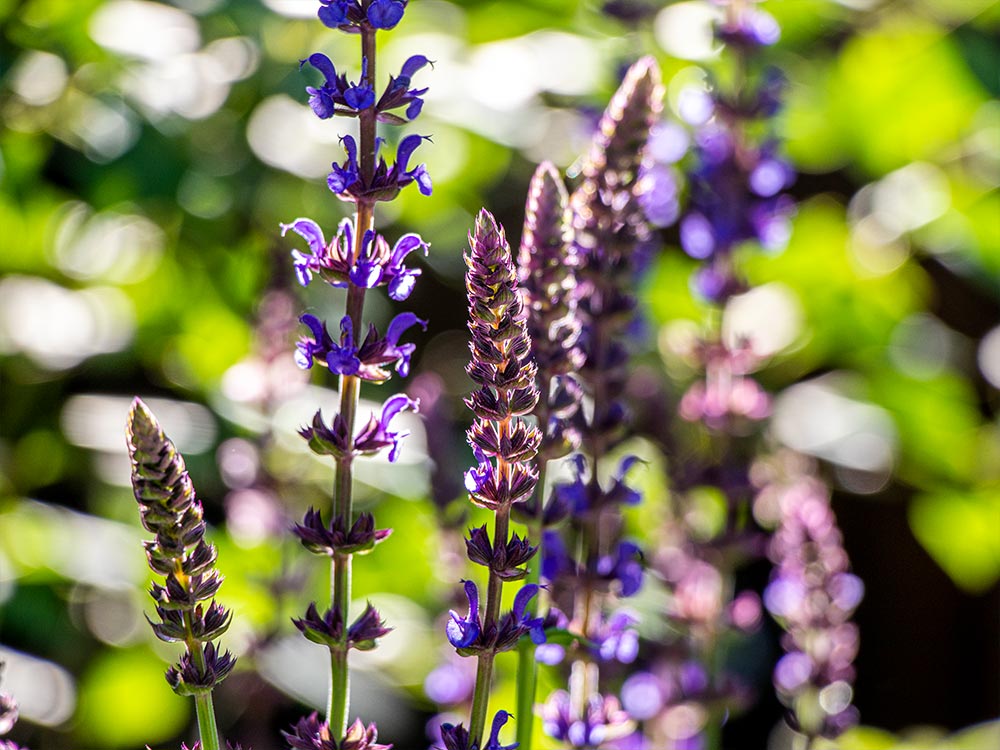
Salvia is an extremely popular and good looking garden plant in Maine, but when choosing yours, be sure to look at its hardiness zone. Some do better warmer climates and some do well in the cold 4b zone in which I live. As I mentioned above, I see these plants bloom in my garden season after season, so I’ve got a hardy variety.
The flowers of the salvia plant bloom beginning in mid June and last all the way to the autumn months. If you’re a fan of watching hummingbirds taste the nectar of your garden flowers, be sure to add some salvia. Hummingbirds love them, as do bees and butterflies.
A giant benefit of this flower is that it’s somewhat drought tolerant, so don’t worry if you’re having a dry summer. And although the flowers smell nice, the leaves of this plant ward off deer, rabbits, and other vermin. The smell of the leaves is distasteful to these animals. When cutting for a bouquet, enjoy the scent of the flowers themselves, but avoid the leaves.
Like lupine, salvia can grow quite tall, so they’re appropriate for the rear of your garden. Currently, I have these flowers situated toward the front of my garden because they stand only about 18 inches tall. They don’t need to stay in the ground though. These guys do just as well in pots.
Similar to a few of the flowers above, salvia like at least eight hours of sunlight per day and like lupine, if they’re planted in more shady areas, flowering will be reduced. Just be sure to plant them in rich, well drained soil.
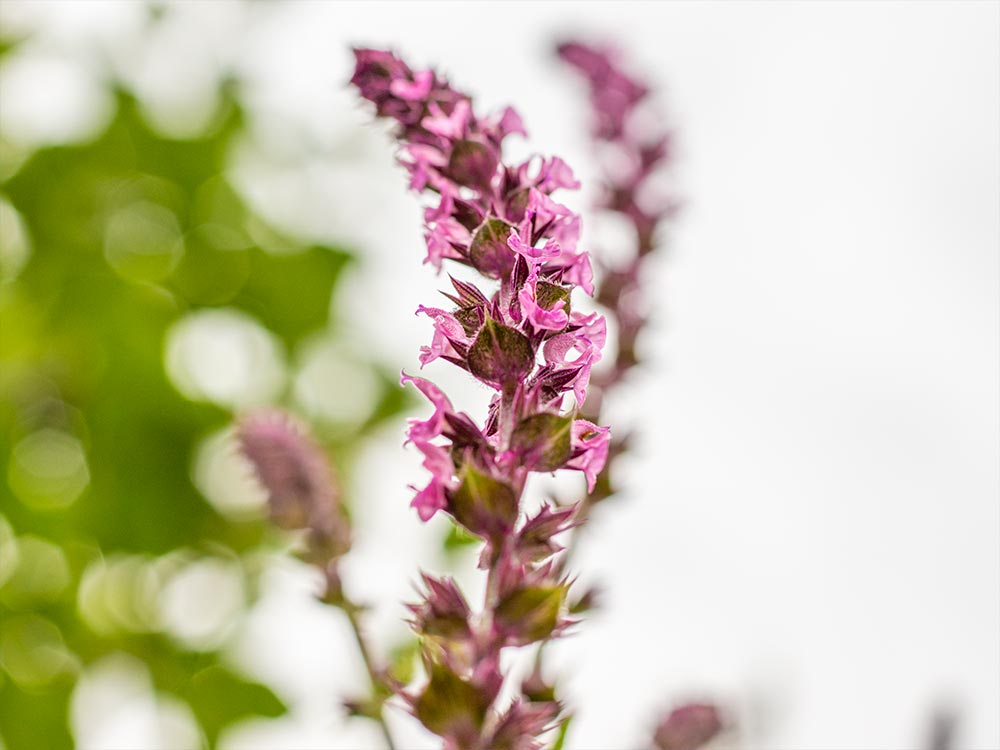
Wild Carrot (Queen Anne’s Lace)
For the purposes of this post, I’ll call this plant wild carrot. From what I can gather, it’s the same as Queen Anne’s lace and it’s, my friends, one flower that’s nearly impossible to kill. That’s my experience with it, anyway. I’ve had this spreading flower growing in two of my gardens since I moved into my house in 2013 and after numerous efforts at its removal, I’ve decided to leave it alone. It’s pretty enough, so I’m not terribly against it. I just want to impress upon you how prolific it can be.
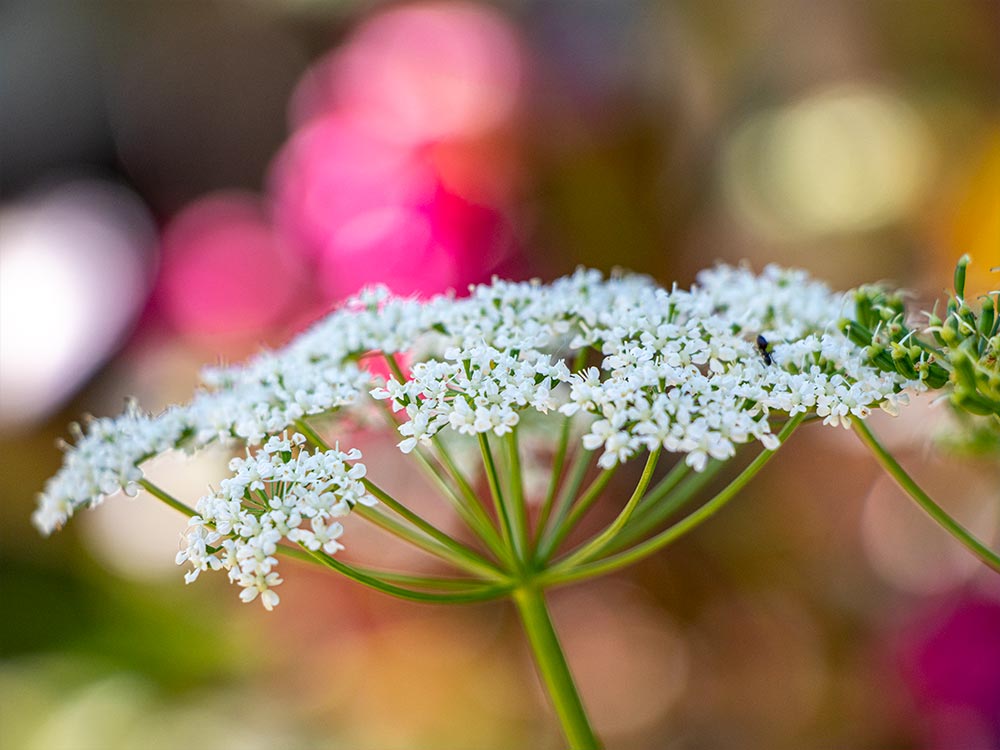
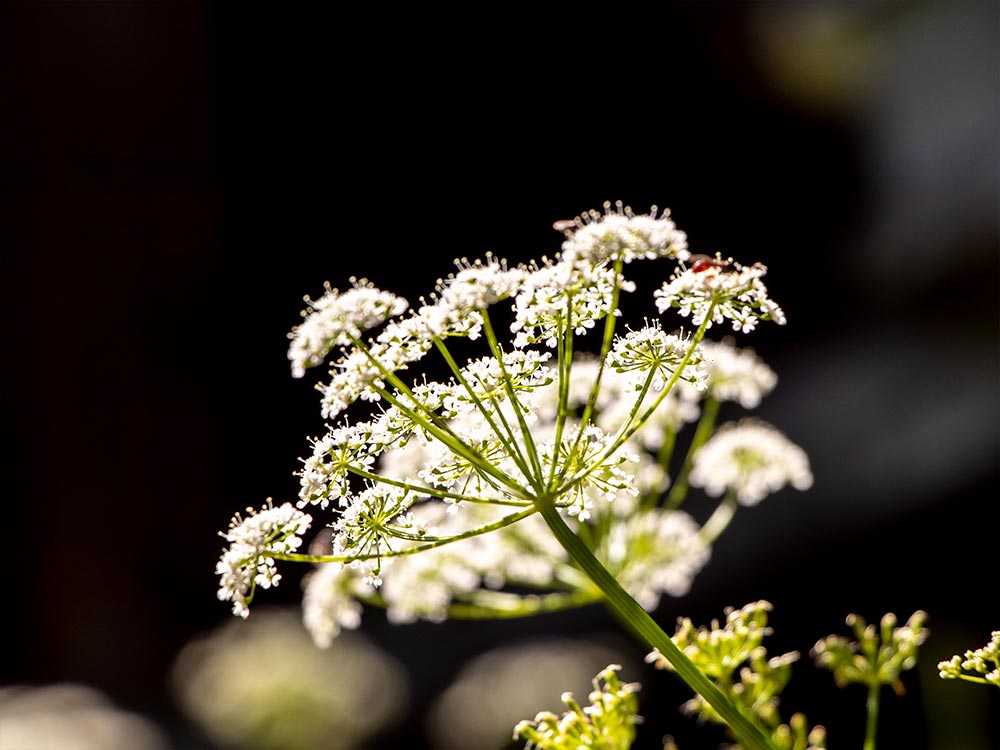
The wild carrot in my garden has spread to its edges and generally begins growing sometime in May. The flowers bloom in early June and last throughout the summer. Since it grows in the same garden as the lupine, salvia, and peonies, I’ll say that it likes rich, well drained soil.
As I mentioned above, I’ll be adding to this post as my flowers bloom throughout the season. I actually have quite a few that I see every single year to discuss, so check back. And if you have any hardy flowers, native to Maine or otherwise, that you’d like to share with others, please be sure to do so in the comment section below. Thanks!
Spiraea (Spirea, Meadowsweets)
What an awesome plant. Spiraea is a shrub/bush that grows incessantly, whether you like it or not. It’s great for lining a driveway or for the back of a garden. I have about seven of these bushes and every summer in late June I’m pleasantly surprised by all the pink flowers they produce.
The official name of these bushes is spiraea, but they’re sometimes referred to as spirea, meadowsweets, or steeplebushes. There are about 80 to 100 species of these types of shrubs in the family Rosaceae, so you’ll have your pick when shopping for yours at the nursery. I’ve seen many of these plants growing in Maine and they have no problems at all.
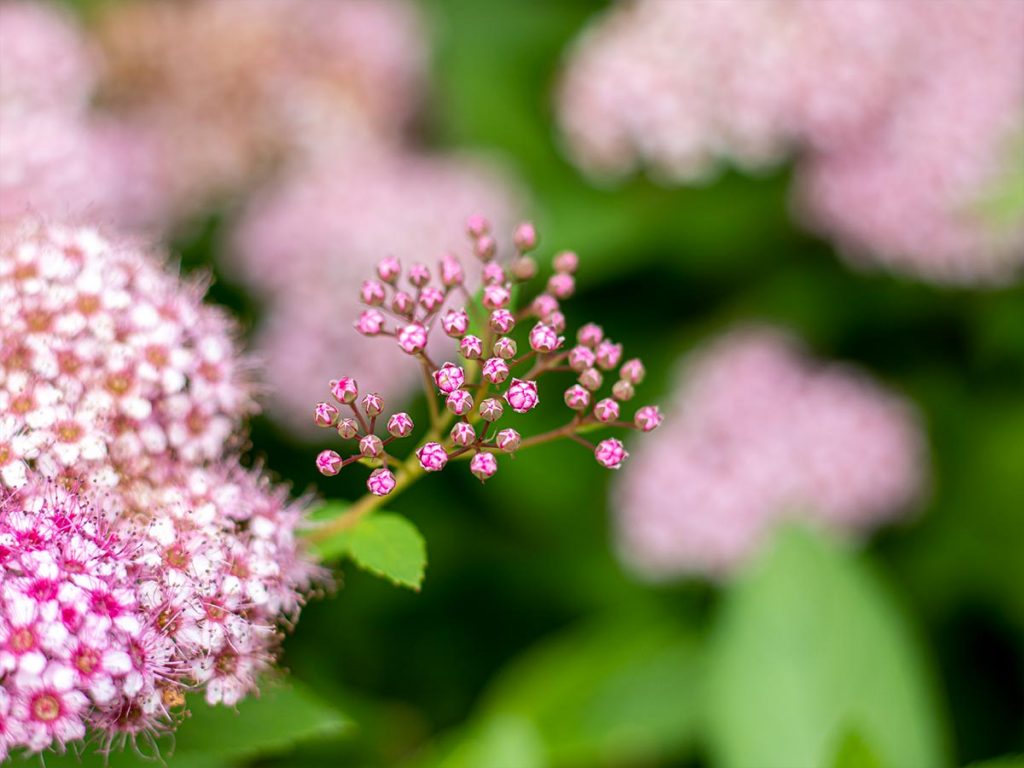
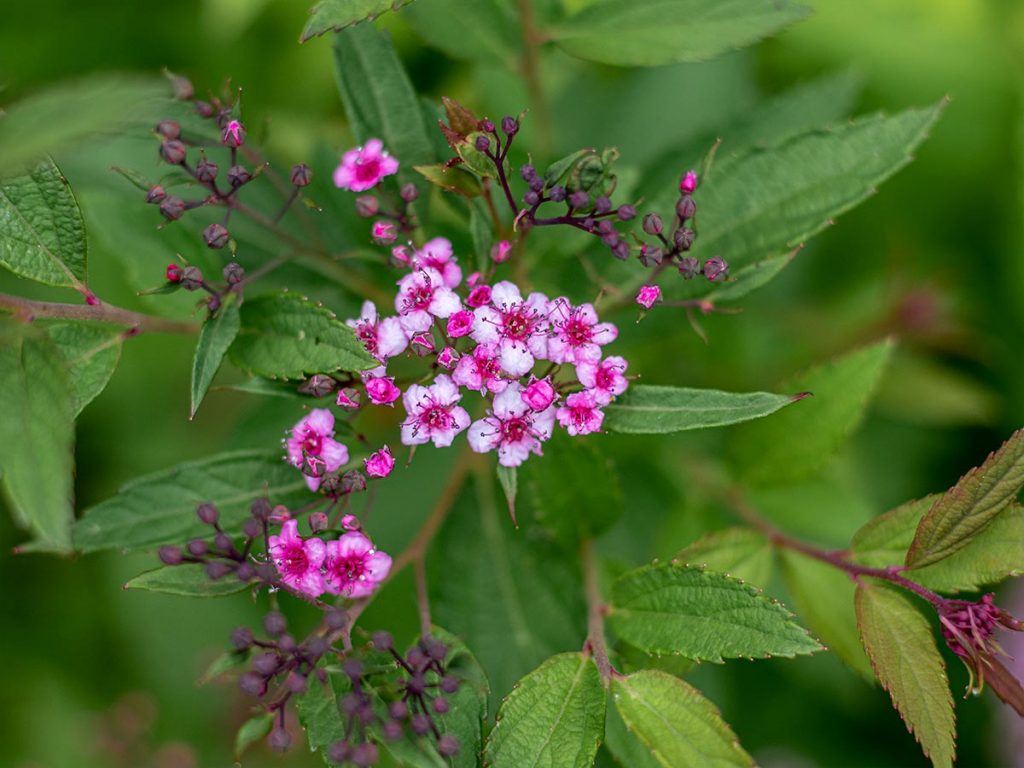
I do have one word of warning for you though. If you intend on planting this type of shrub in a flower garden, know that it’ll spread fairly aggressively. I suspect there are runner roots and with these roots, your flower areas may become overrun by these bushes. I actually don’t suggest you plant these in gardens at all. I advise you to plant them in lawn areas so you can mow the offshoots easily with the mower.
Lambs Ear
Lamb’s ear is a nice garden plant that can be found in many zones across the U.S. and the world. I’ve owned this plant while living in New York and it looked wonderful. I actually grew this one here in Maine by seed, which wasn’t challenging at all. It’s made it through a number of winters and the plant continues to get larger and thrive every season.


Coneflower
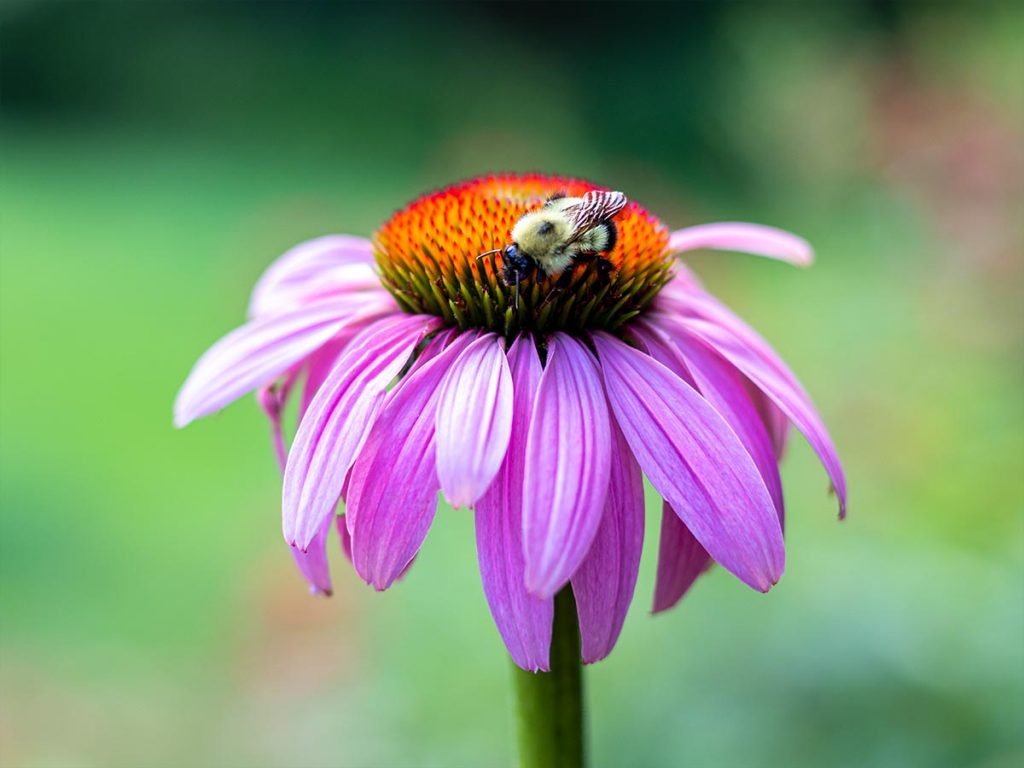
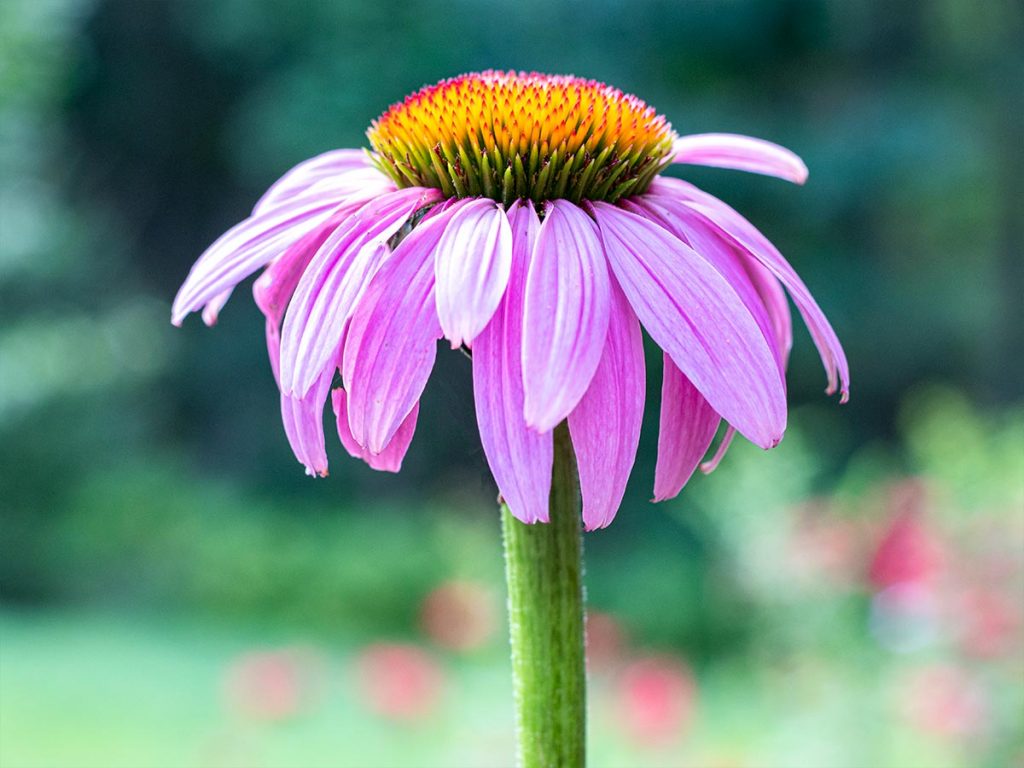

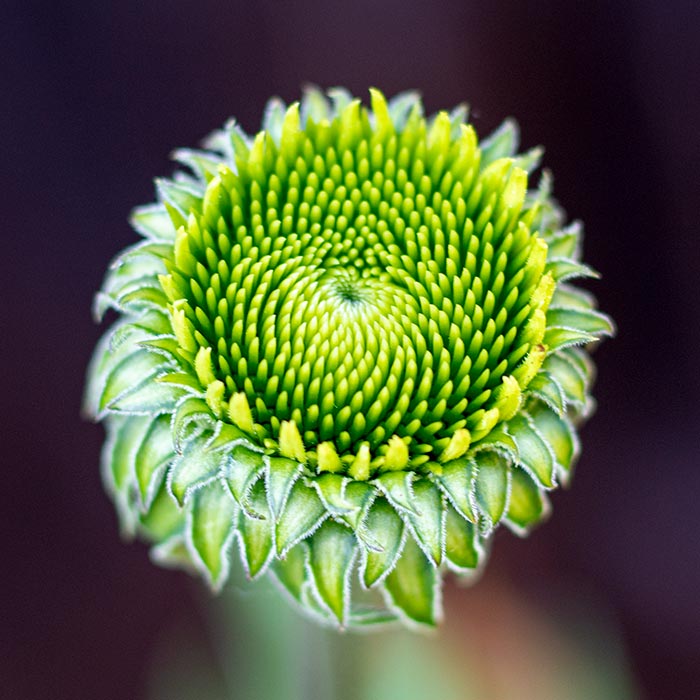

Thistle
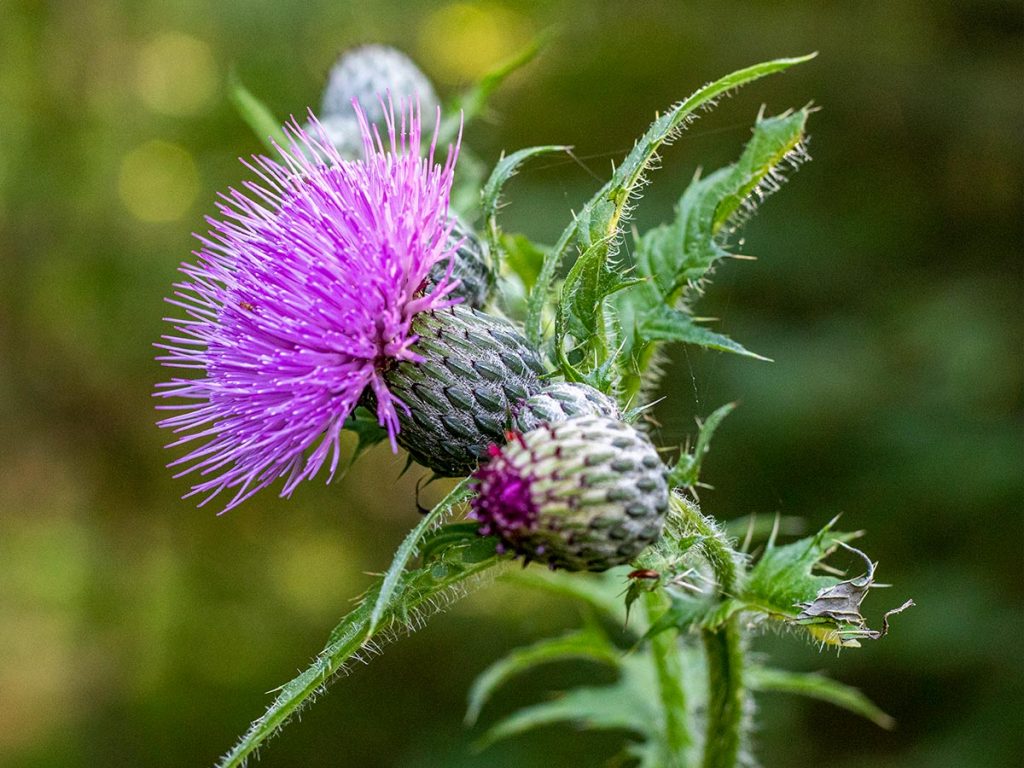
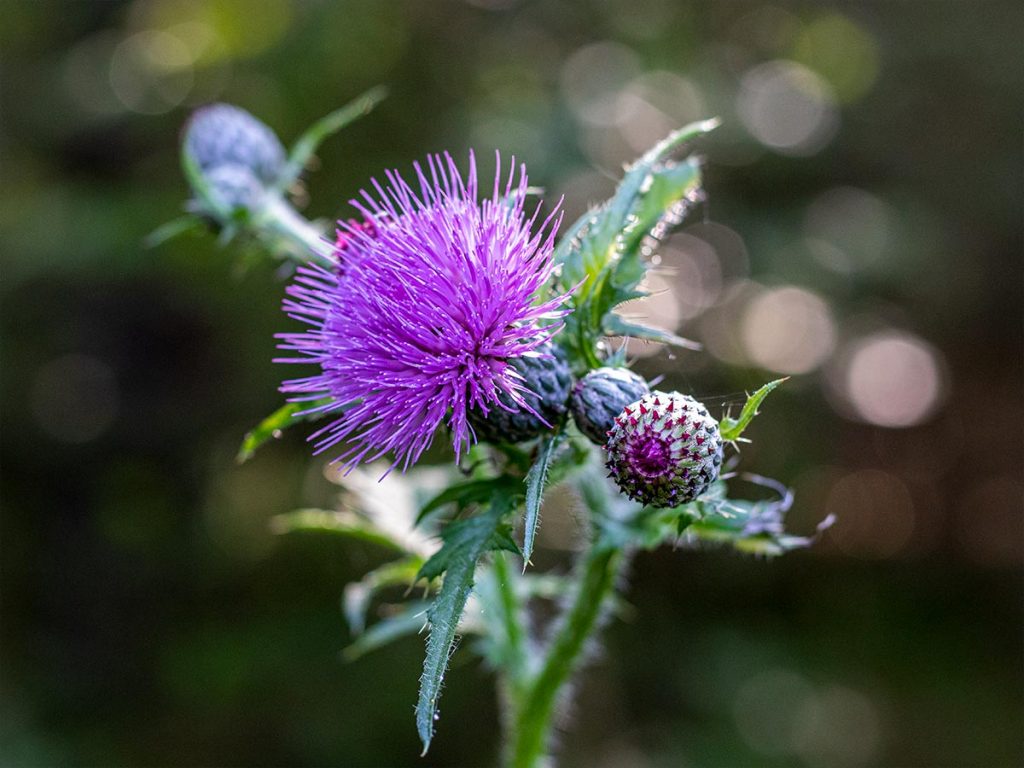
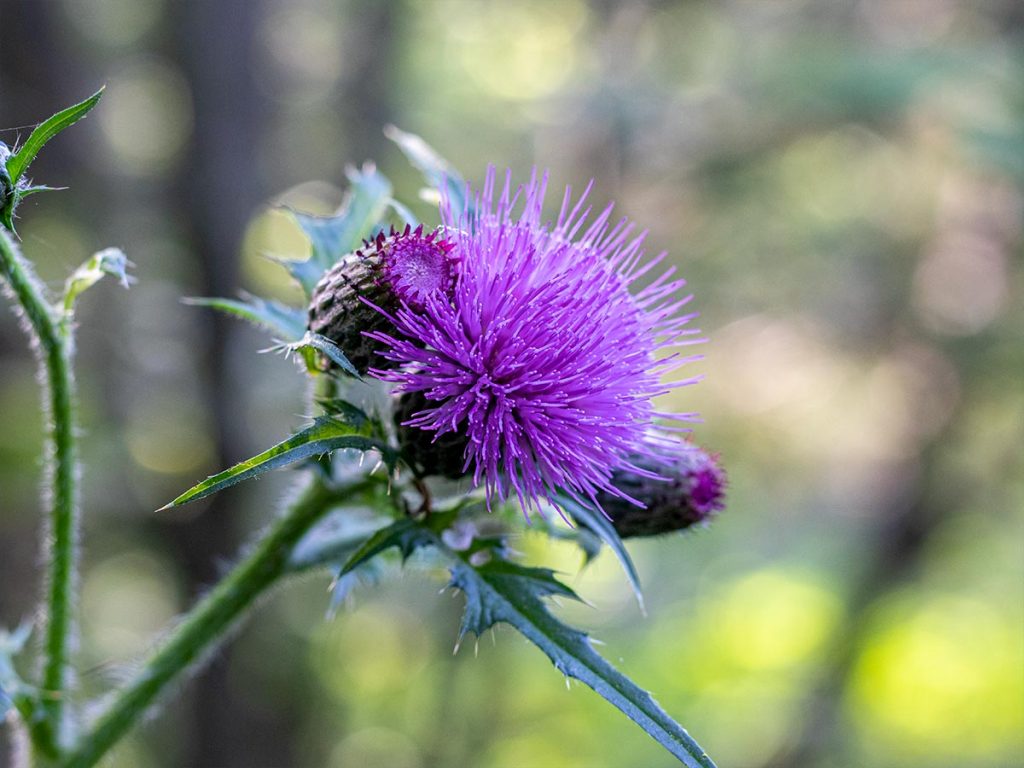
Lavender
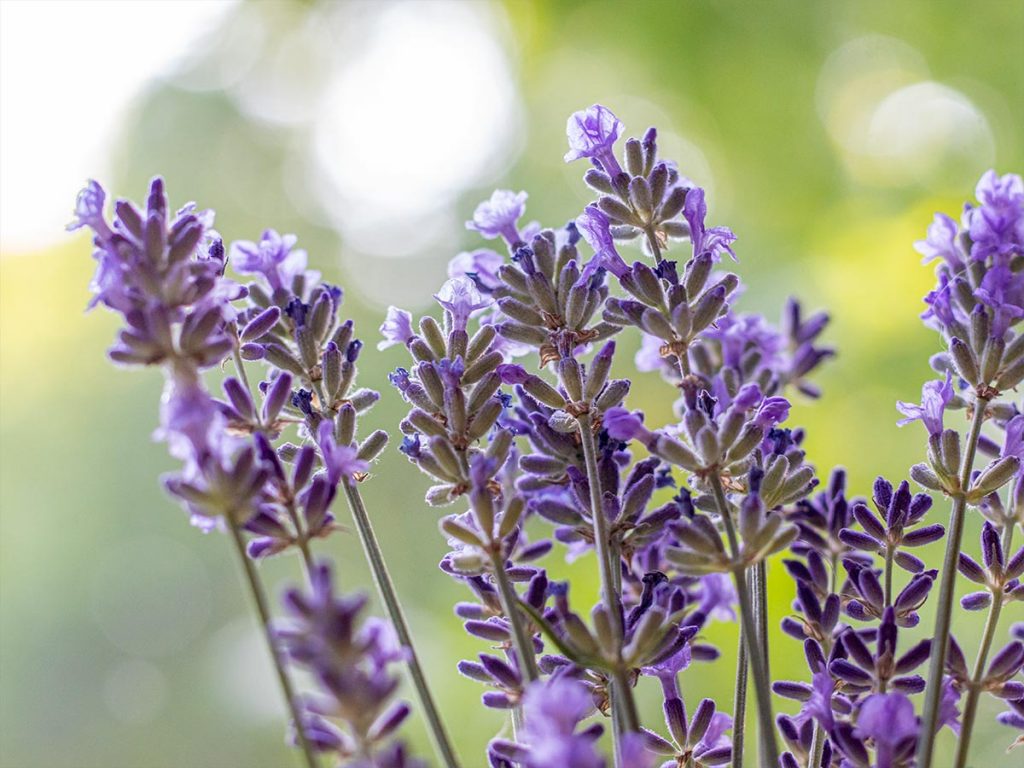

Daylilies
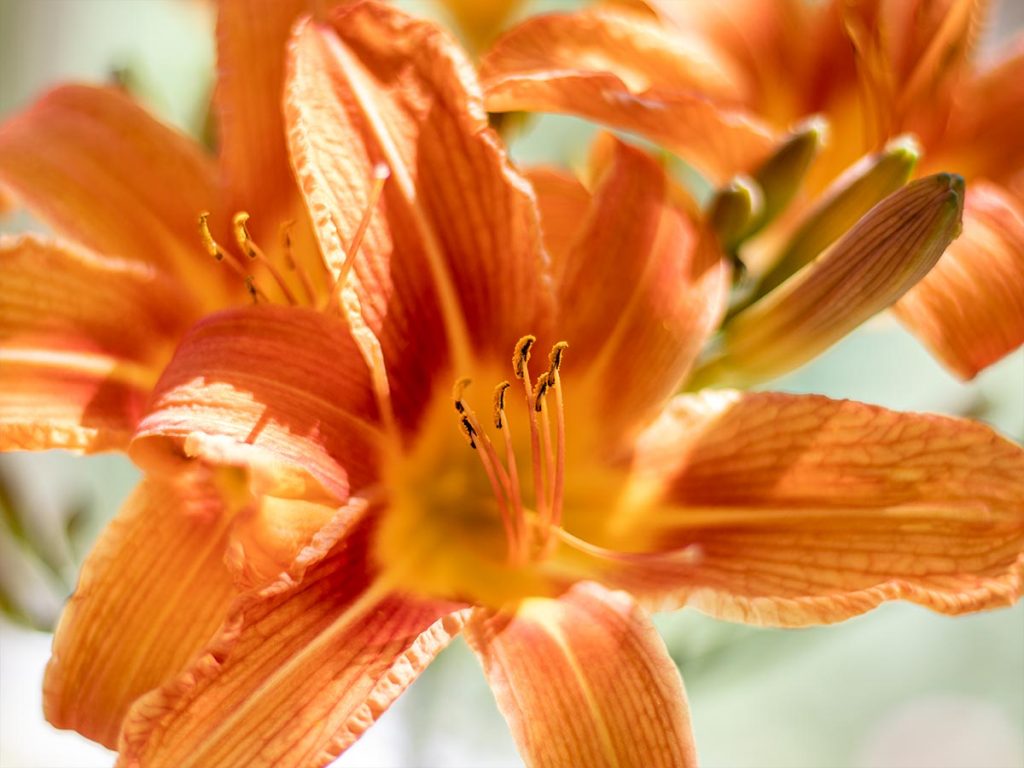
Bee Balm

Hawkweed
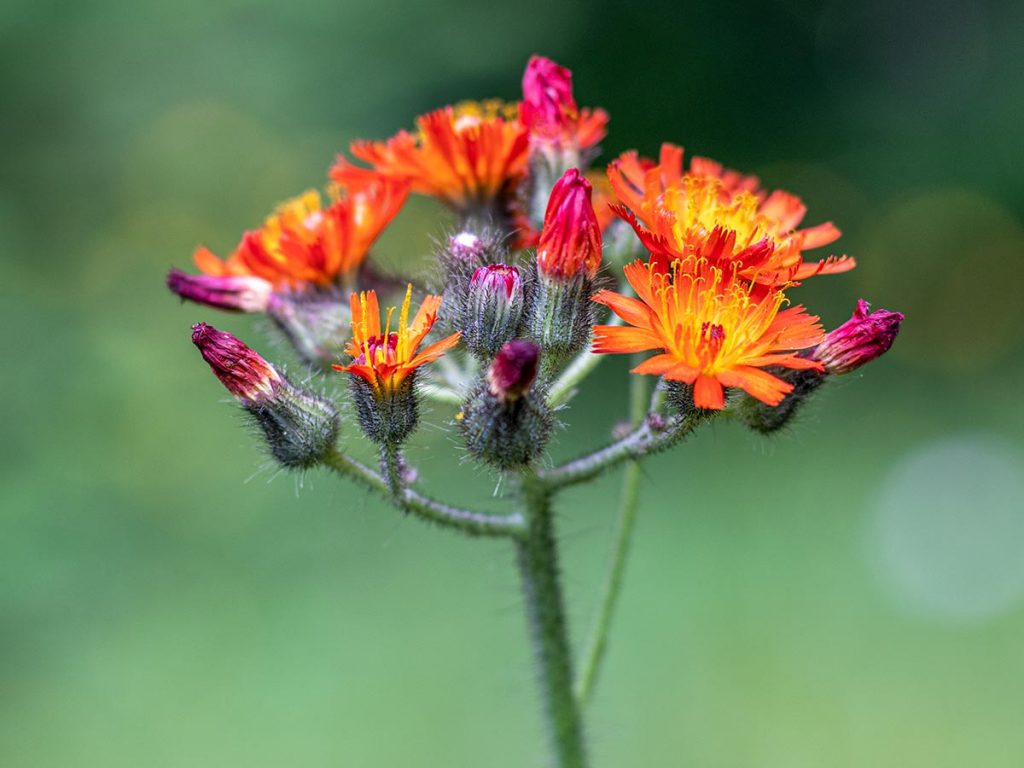

Daisies & Black Eyed Susans

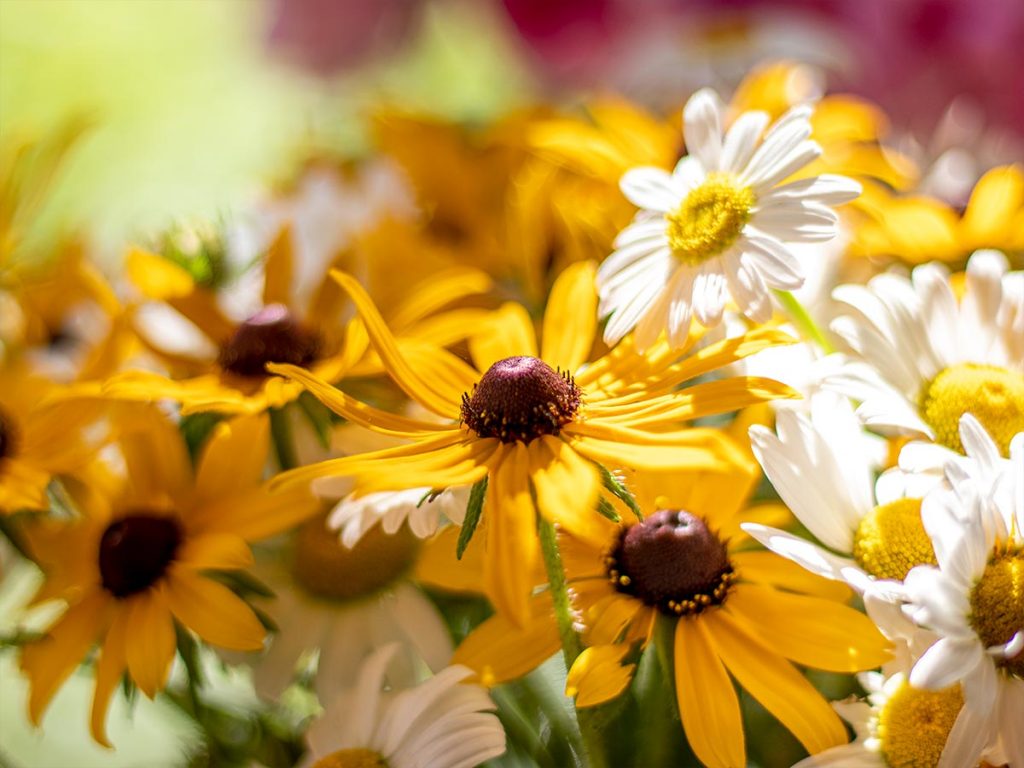
Comfrey
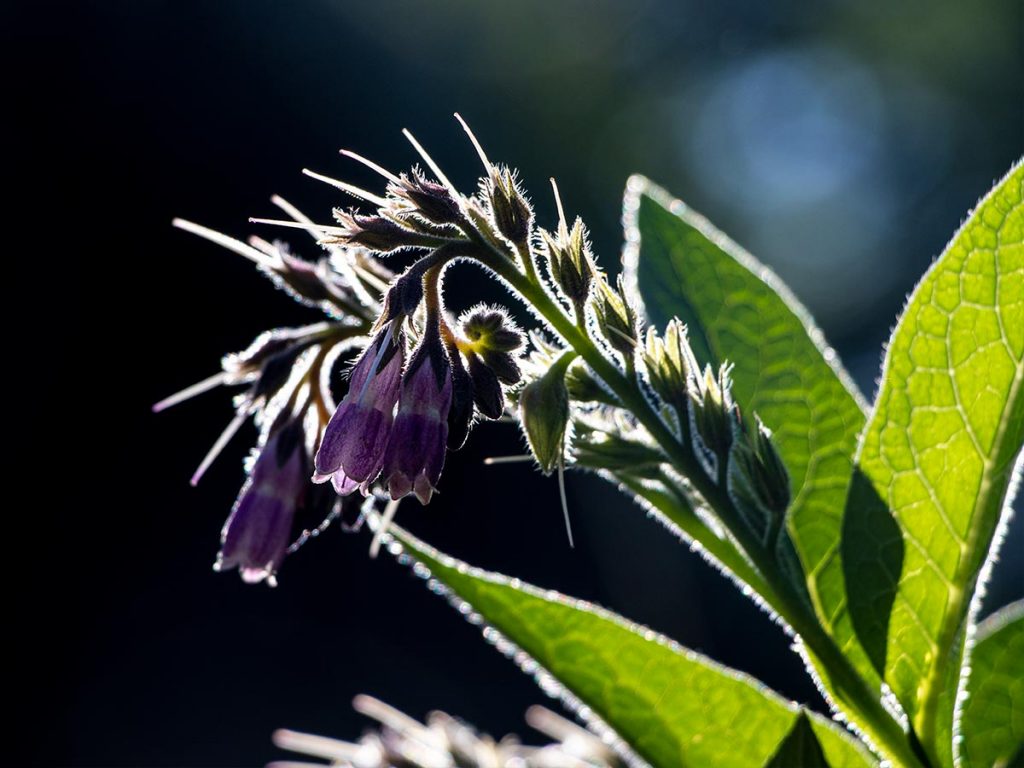

Leave a Reply